


The arms and armour in the Collection range in date from the 7th to 19th centuries. Particularly important, however, are a group of belt fittings from the medieval period which convey the role of ceremony among the military classes of the Islamic world.
Display was also a major factor behind the creation of the Collection’s two sets of elaborate horse trappings from the 13th and 14th centuries, one of which includes a complete gold saddle.
Among the most dramatic items is a 15th-century war mask, which still inspires a sense of awe, and the impressive array of horse chamfrons includes the only known example from Sultanate India. The descriptions are supplemented by a section on the inscriptions and drawings of details and arsenal marks.
The presentation avoids the strictly typological classification of most previous works on the subject, and aims to give a full sense of the panoply of warfare: the stirrup, the drum, the talismanic shirt, and the banner were as important to the Muslim warrior as the sword and the mail shirt.
David Alexander – Former Research Associate, The Metropolitan Museum of Art, New York; specialist in Islamic arms and armour
240 pages; fully illustrated in colour; several line drawings, section on documentary inscriptions; hardback with dust jacket (slipcased); 36 x 26 cm; 1992; ISBN 1-874780-61-7
PURCHASE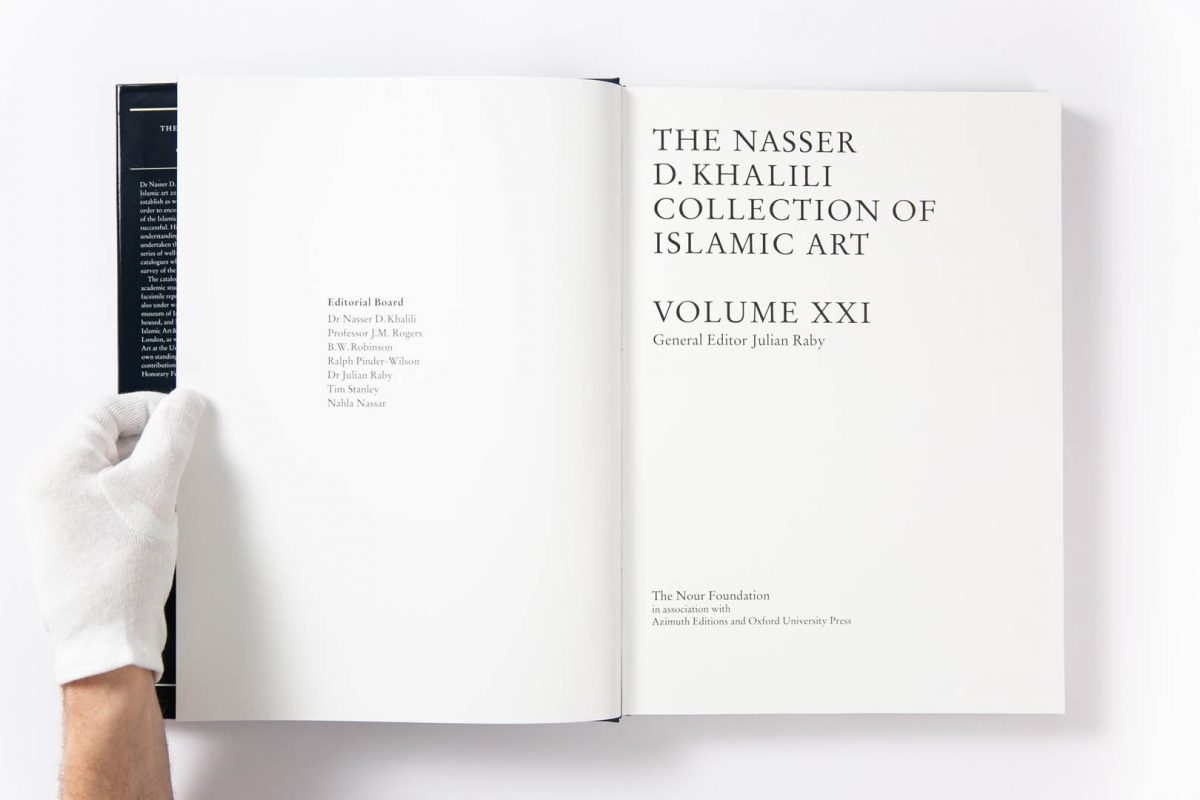
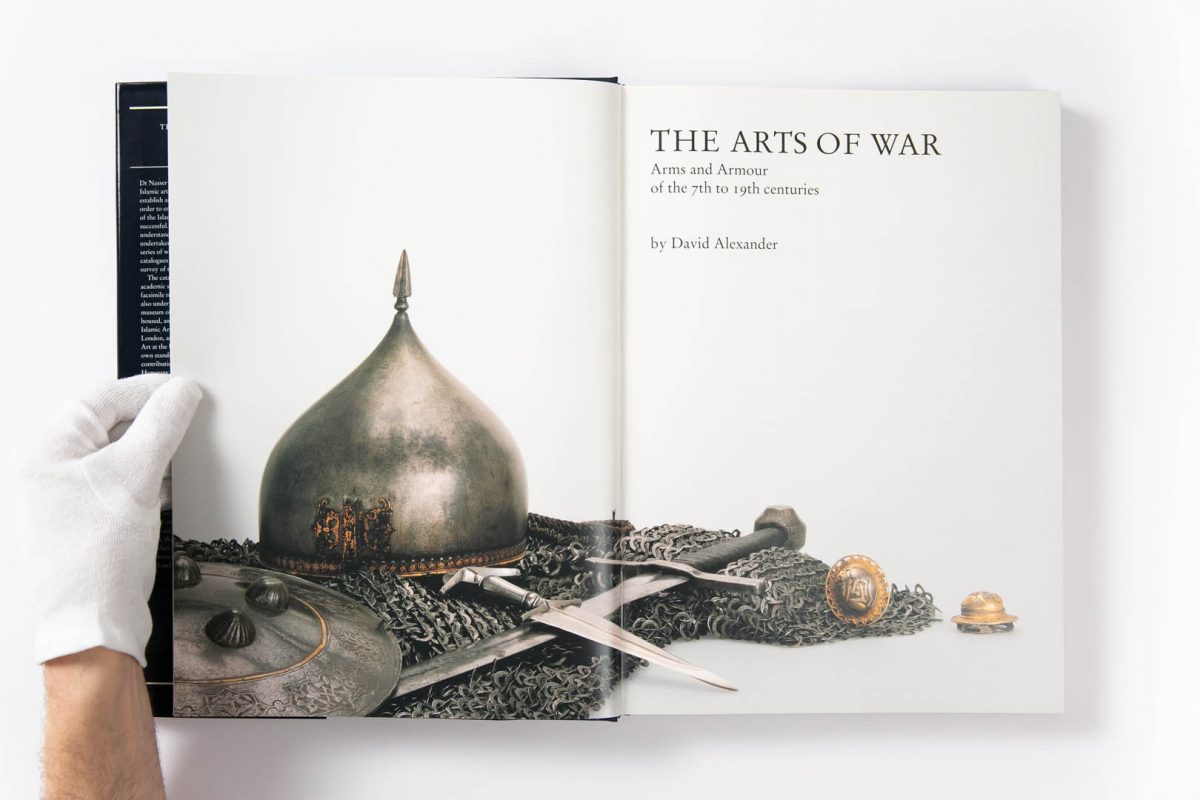
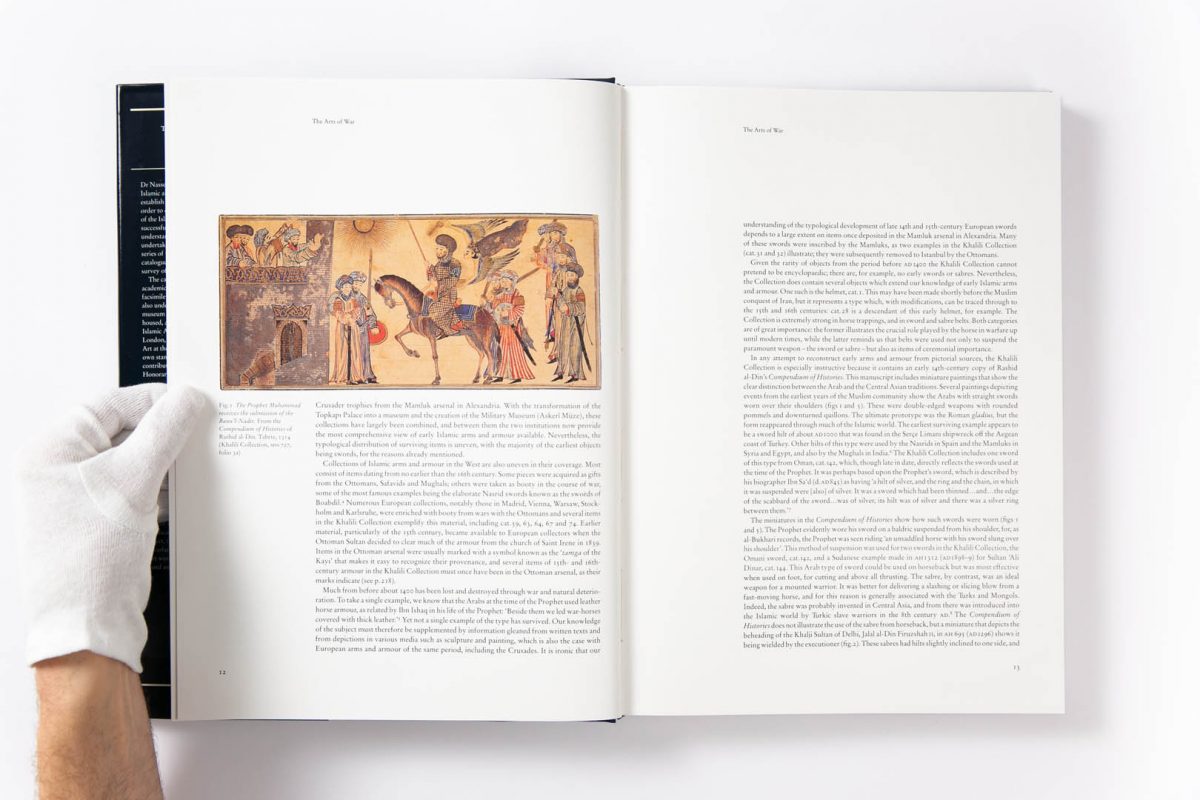
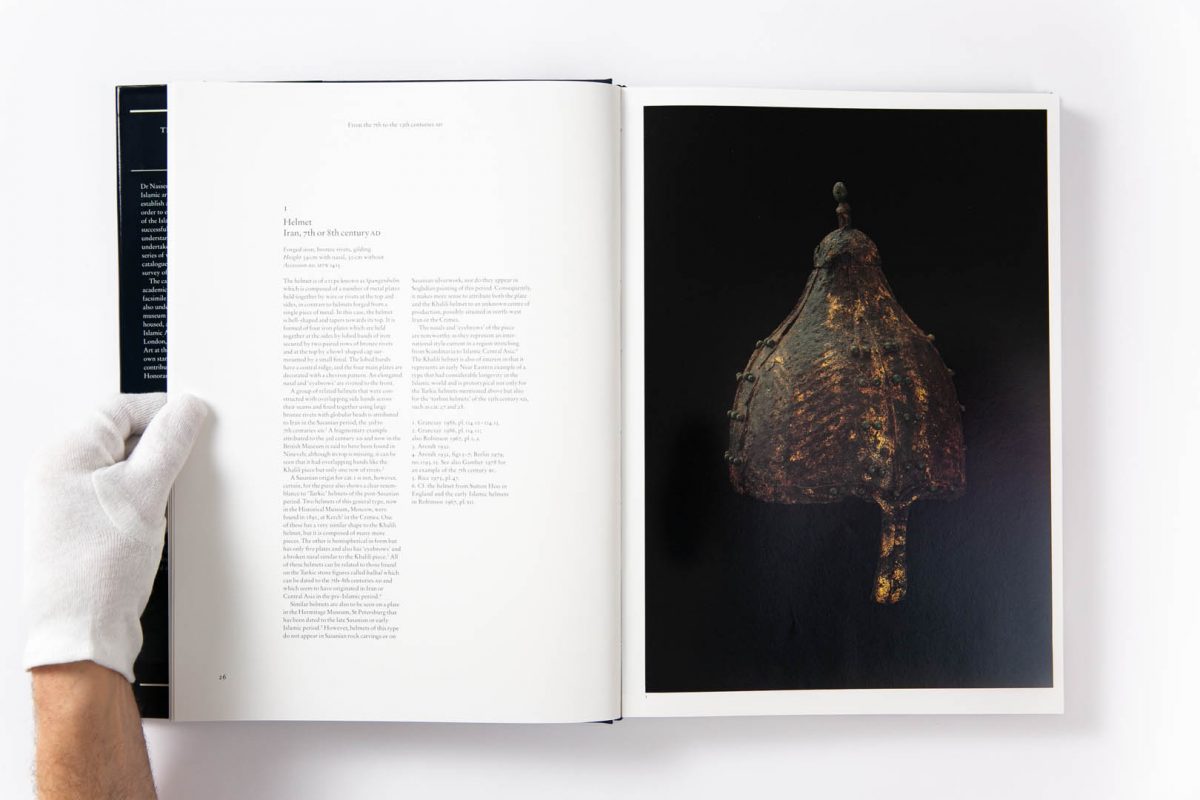
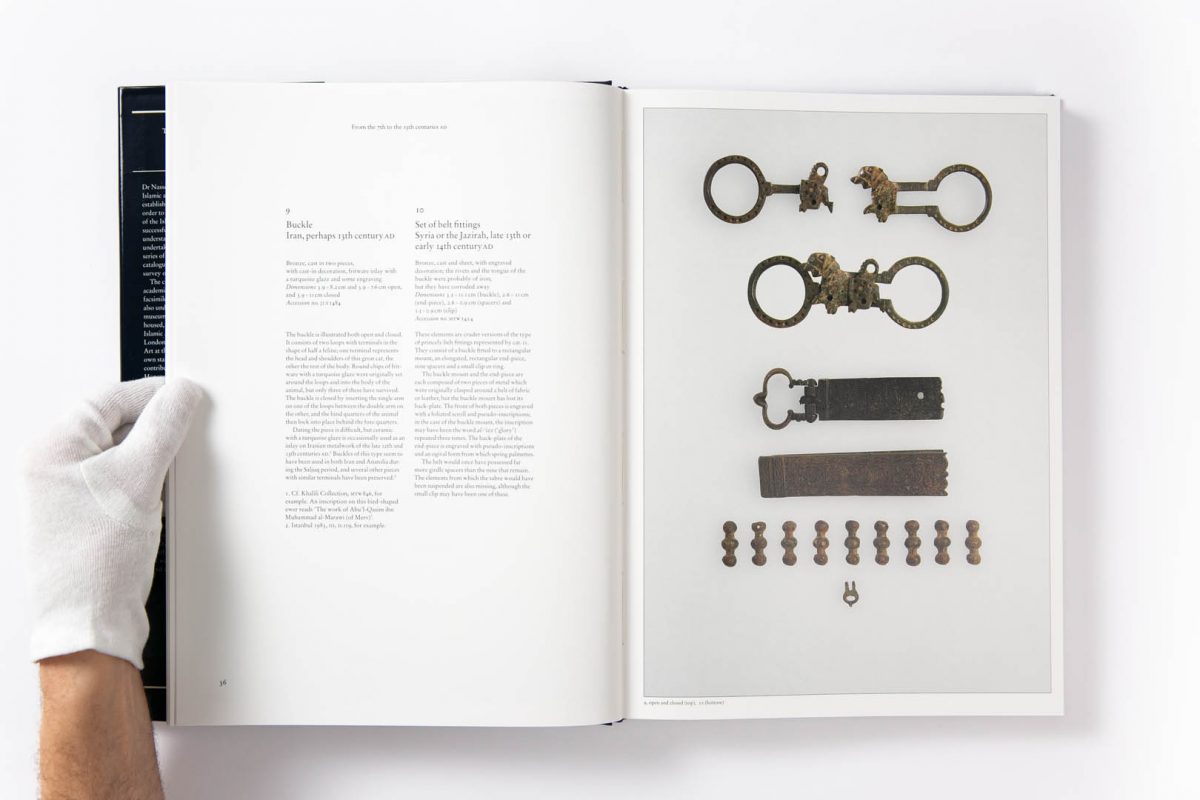

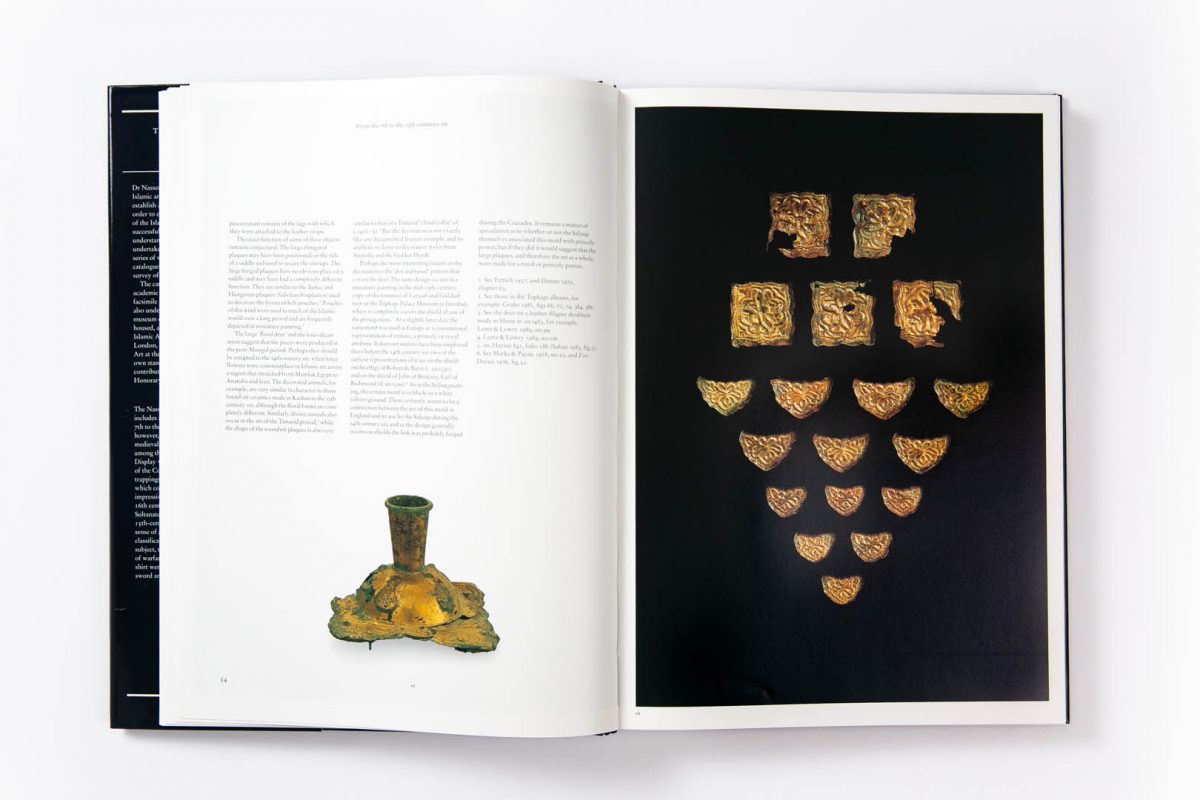
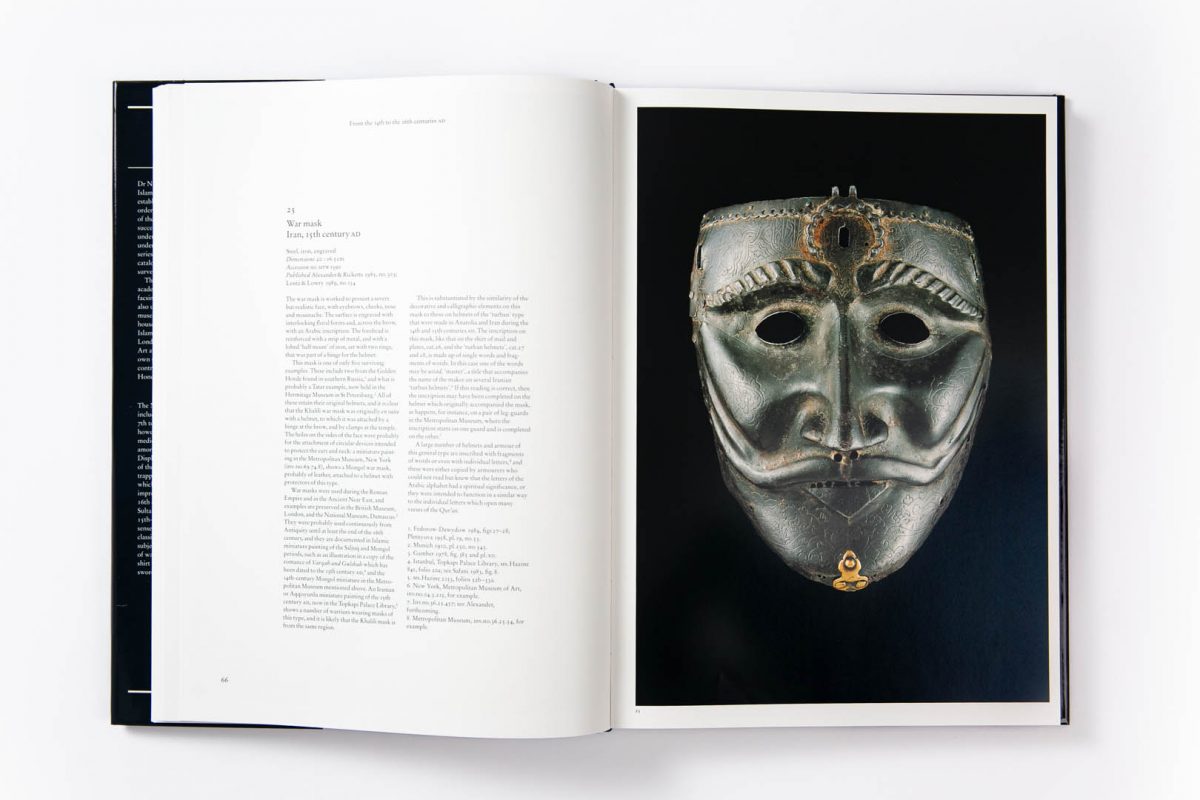
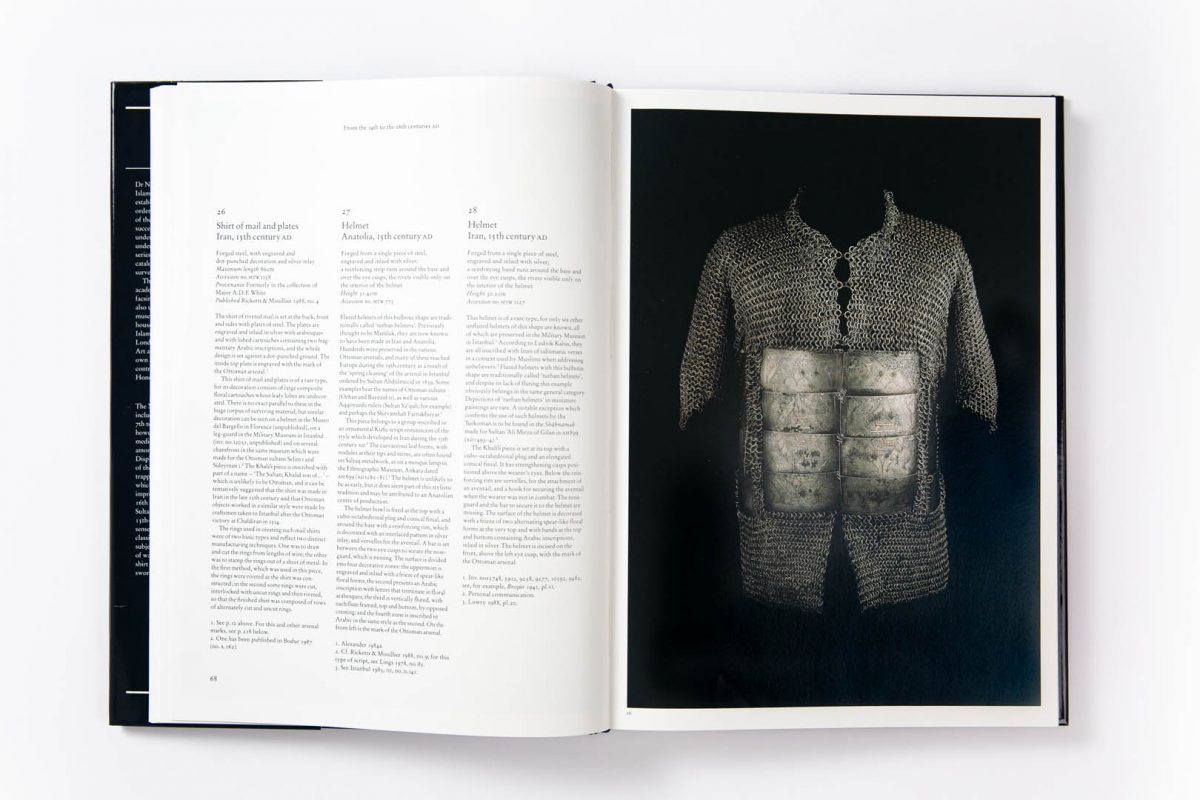
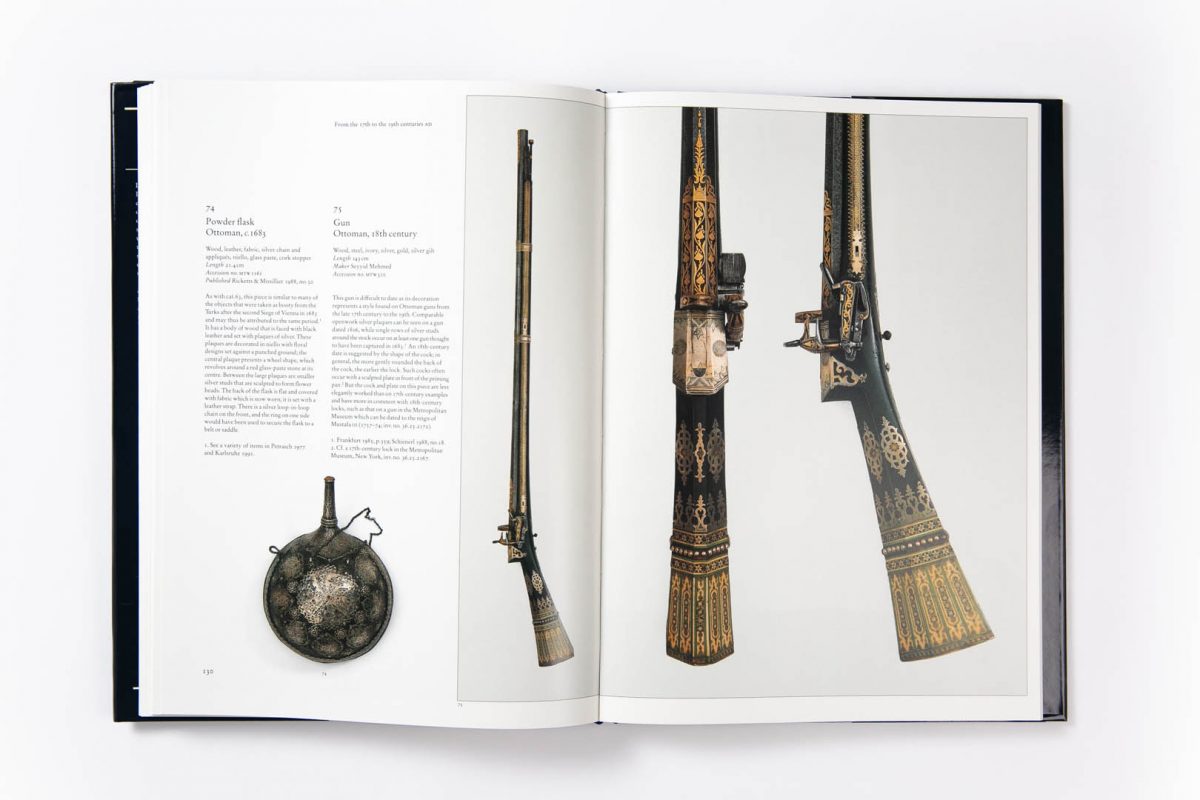
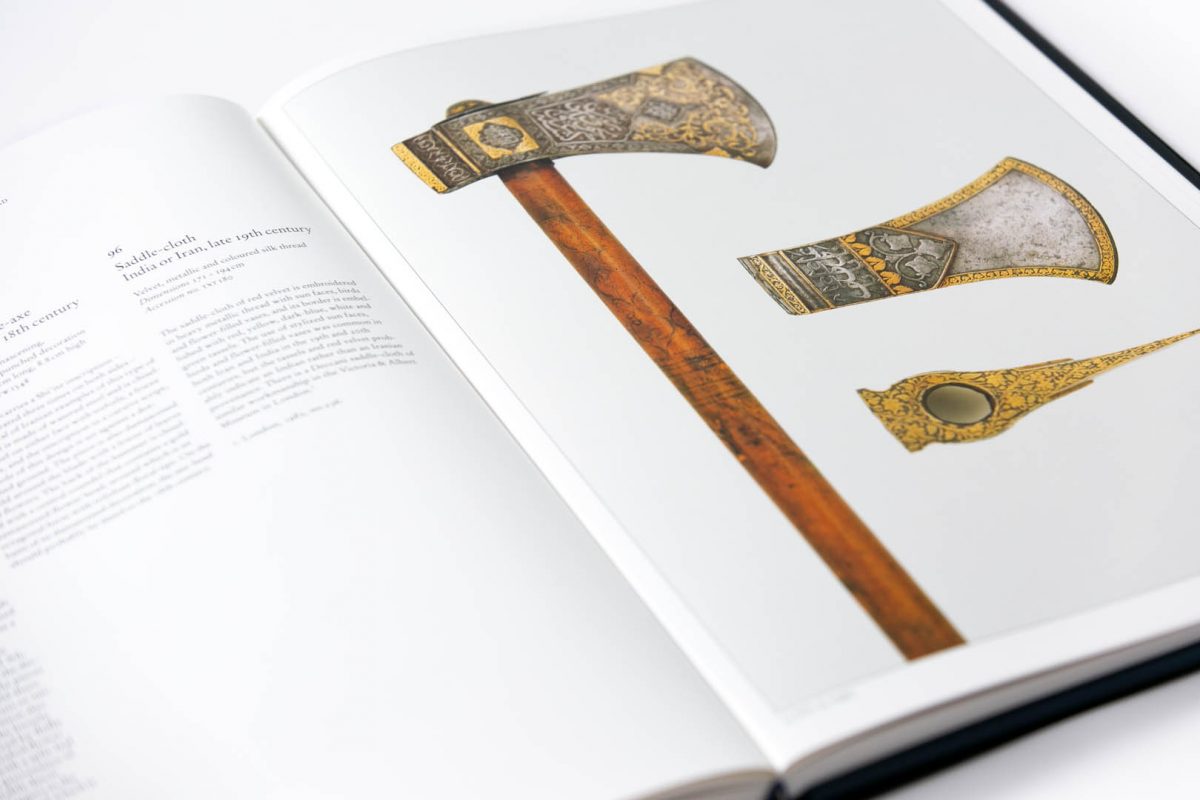
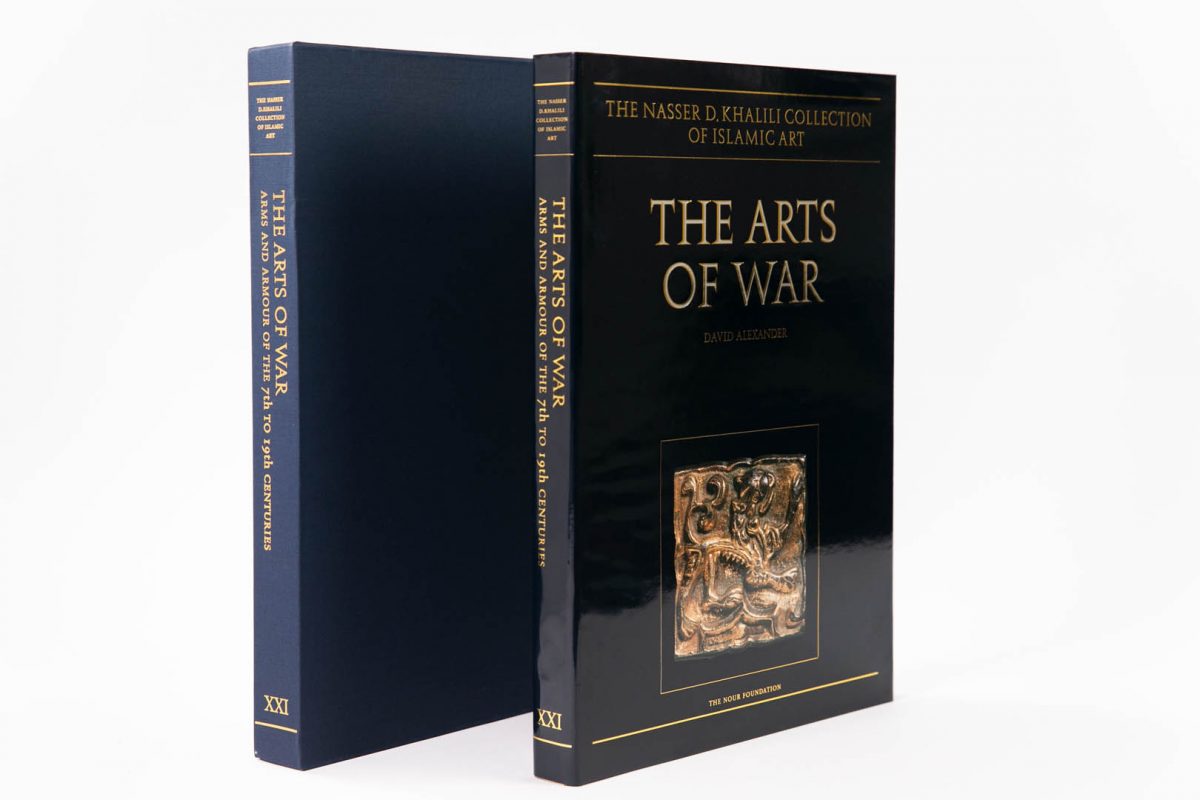
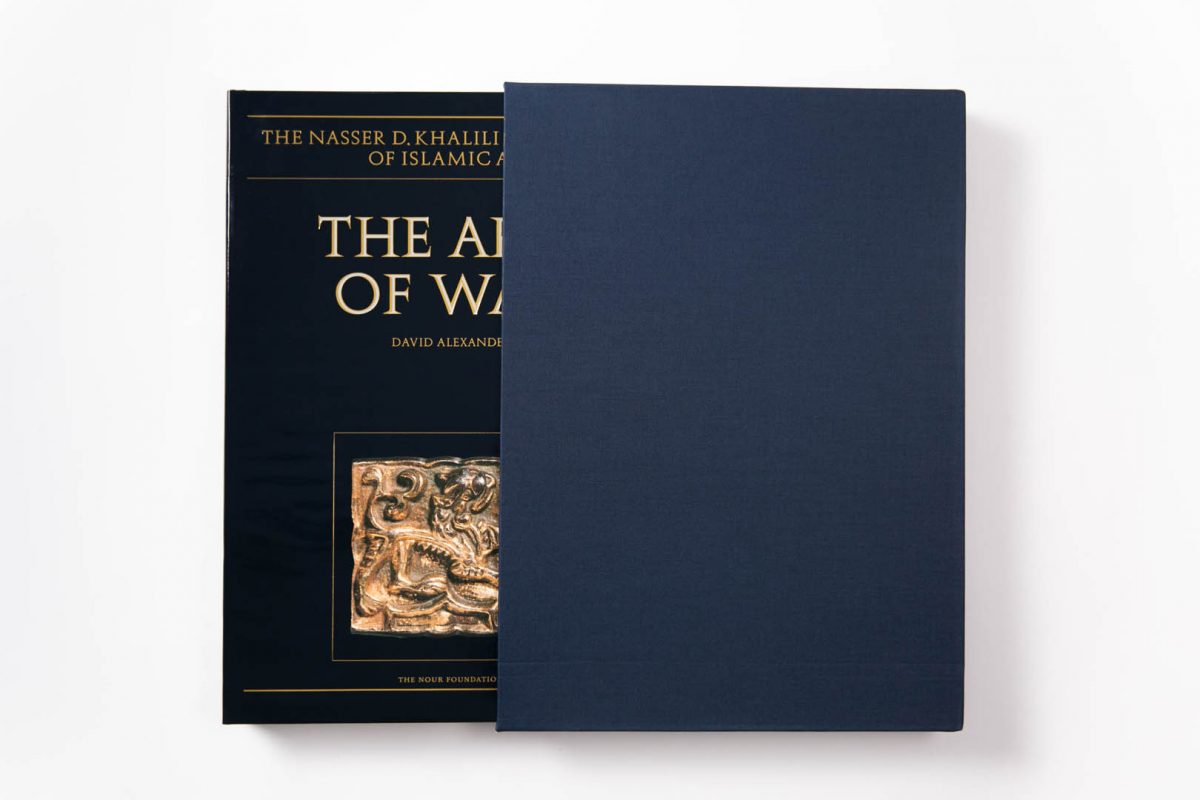
Please register your email to download a pdf of this book.